Artificial Intelligence

5 min
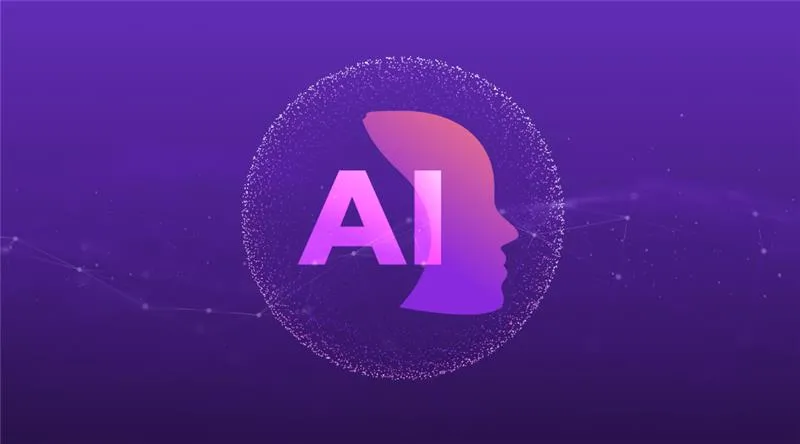
Know how to turn pilots into production with a practical generative AI implementation roadmap. This guide covers strategy, use cases, costs, governance, and scaling patterns for Gen AI implementation, so teams launch fast, stay secure, and control spend while improving quality and ROI across content, support, analytics, and enterprise workflows today.

By Dhruv Joshi
18 Jul, 2025
Building an AI feature that delights users is exciting. But the bigger challenge? Turning it into a reliable, generative AI implementation that scales is a challenge. In 2025, Generative AI is no longer just experimentation; it's becoming a core part of winner strategies.
According to McKinsey, over 60% of executives now invest in gen AI implementation projects, and companies that leverage generative AI report up to 30% cost savings on repetitive tasks.
If you’re wondering what generative AI is, how it compares to standard AI, or how to implement gen AI in your business, you’re in the right place. This guide walks you through everything from planning your generative AI business strategy to deploying a solution that scales.
Generative AI is a branch of artificial intelligence that creates new content like text, images, or code based on learned patterns. It goes beyond analysis to generation.
For business, that means new capabilities automated content, on-demand synthetic data, or smart assistant features, unlocks fresh value.
If you want to justify a generative ai implementation, these are the core benefits:
Efficiency: Auto-generate documents, templates, or graphics
Creativity: Create dynamic content, advertisements, or personalized visuals
Cost savings: Reduce manual work in content creation and data prep
Competitive edge: Offer new customer experiences unique to your brand
These benefits make enterprise AI solutions more accessible and profitable than ever.
Turning generative AI from concept into a scalable solution starts with the right strategy. A successful gen AI implementation isn’t just about deploying models; it’s about building a solid foundation that supports long-term growth, efficiency, and adaptability.
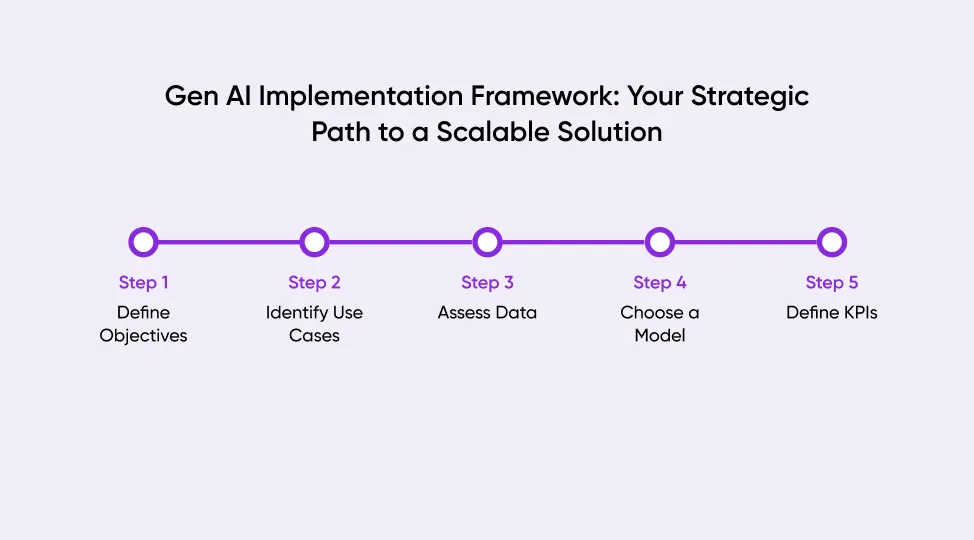
This step-by-step framework helps you move from strategic planning to scalable execution with clarity and purpose:
Clarify what you want AI to achieve, whether it’s generating marketing content, automating customer replies, or enhancing design workflows.
Focus on 1 to 3 practical areas where AI can deliver early value, such as content generation, support automation, or data summarization.
Evaluate the quality and availability of your input data. Gen AI relies on examples, prompts, and context. Get this right before you build.
Decide between open-source models, APIs, or partnering with a generative AI development company based on your goals and infrastructure.
Set measurable targets, like time saved or content accuracy, to track progress and ensure alignment with your broader business strategy.
Once you plan, here’s how gen ai implementation unfolds practically:
Whether you’re building a chatbot, automating content creation, or generating product descriptions, most gen AI implementation projects include the following costs:
API Usage Fees: If you’re using third-party AI models like OpenAI, Claude, or Gemini, you’ll pay per request or per token (i.e., per word generated). Costs increase as usage scales.
Model Hosting and Compute: If you’re running your own model on the cloud (like with AWS, Azure, or GCP), you'll need GPU-powered servers, which can be expensive depending on workload.
Development and Integration: Time Building the front-end interface, linking APIs, and embedding AI outputs into your workflow takes engineering effort. Costs vary based on complexity.
Monitoring and Retraining: Over time, you’ll want to fine-tune your AI model or update prompts to improve performance. That means more dev time and possibly new datasets.
To help you plan, here’s a rough comparison of average implementation costs for small to mid-sized generative AI projects:
| Task or Phase | USA (USD) | India (USD) |
|---|---|---|
| Initial AI Strategy & Planning | $5,000 – $12,000 | $1,500 – $4,000 |
| AI Model API Integration (Basic) | $10,000 – $25,000 | $3,000 – $8,000 |
| Custom Prompt Engineering | $3,000 – $8,000 | $1,000 – $2,500 |
| Self-hosted Model Setup | $15,000 – $40,000+ | $5,000 – $15,000 |
| Frontend + Backend Integration | $8,000 – $20,000 | $2,500 – $6,000 |
| Testing, QA & Deployment | $3,000 – $7,000 | $1,000 – $2,000 |
| Ongoing Monitoring & Maintenance (monthly) | $2,000 – $5,000/mo | $500 – $1,500/mo |
Note: These are ballpark estimates. Final costs vary by complexity, team size, and whether you're using external platforms or custom models.
Here are a few tips to manage the cost of generative AI smartly without cutting corners:
Start small with a focused pilot: Pick one use case (e.g., content summarization or email generation) and prove ROI before scaling up.
Use pre-trained APIs: Tools like OpenAI’s GPT, Google’s PaLM, or Amazon Bedrock offer flexible pay-as-you-go pricing that’s ideal for early-stage use.
Avoid over-engineering early: Focus on delivering useful outcomes. You don’t need full automation from day one; human-in-the-loop can help reduce risk and cost.
Work with the right partners: A trusted generative AI development services provider can guide you through the process, optimize for cost, and prevent expensive mistakes.
Making your solution scalable requires planning:
These practices help ensure your gen AI solution performs reliably as user base grows.
Let’s take a closer look at how real businesses, from startups to global enterprises are implementing generative AI in meaningful ways. These aren’t future hypotheticals. These are solutions live in production, delivering value every day.
JPMorgan Chase is using generative AI to automate report writing for compliance and internal operations. What once took analysts hours now takes minutes with human oversight.
How businesses benefit:
This is a prime example of a scalable enterprise AI solution that frees up valuable time and resources.
Canva, a design platform, now integrates text-to-image AI tools that allow users to generate visuals from a simple prompt, saving hours on design for small businesses and marketers.
Other examples:
How businesses benefit:
For startups with limited design resources, this kind of generative AI development is a game changer.
Shopify uses AI in its customer support chat system to draft replies, suggest answers to agents, and summarize past interactions, reducing response time significantly.
Other examples:
How businesses benefit:
For fast-growing teams, this type of gen ai implementation means faster support and happier users.
Nabla and Suki AI offer voice assistants for doctors that listen to consultations and generate medical notes automatically, helping physicians reclaim time for patients.
Other examples:
How businesses benefit:
Want to learn more? See how this works in real products in our AI in Healthcare app guide.
Amazon is testing AI to generate personalized product listings for sellers, improving clarity and discoverability. Meanwhile, Instacart uses AI to summarize food product details and nutrition information.
Other examples:
How businesses benefit:
For scaling stores, this is a low-cost way to increase both efficiency and personalization.
Flexport, a logistics platform, is exploring gen AI to auto-generate shipment summaries and customs documents, reducing human error and speeding up operations.
Other examples:
How businesses benefit:
These use cases highlight how ai enterprise solutions are no longer limited to IT, they now power physical-world logistics too.
If you don’t have in-house ML engineers, consider a partner.
Look for teams that offer AI implementation Services and have experience in:
A strong generative ai development services team helps you avoid common pitfalls and ensures smooth integration from pilot to full product.
Once a pilot shows traction, you can scale your solution into full-fledged enterprise ai solutions:
This builds the kind of reliable, scalable infrastructure business leaders expect.
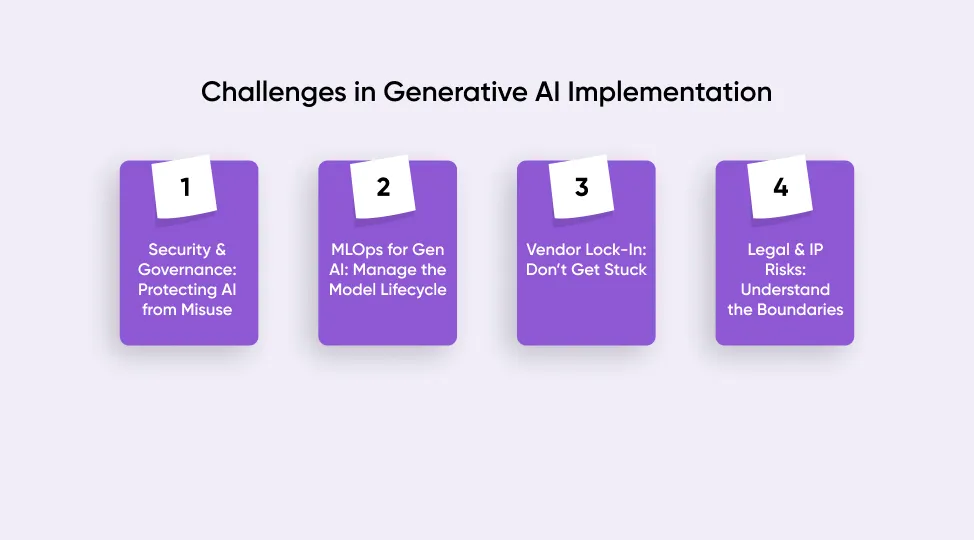
Once you’ve moved past pilot phase and begin scaling, you face a new challenge: keeping your AI secure, ethical, and reliable. Many businesses hit walls here, not because of bad code, but because they didn’t plan for what comes after deployment.
Here’s what to watch out for:
As generative AI becomes more customer-facing, it introduces risks you can’t ignore—like data leakage, prompt injection, or AI generating offensive content.
What to do:
These aren’t just tech issues. They’re trust issues—and trust is everything in AI.
Building a model is easy. Keeping it accurate and safe? That’s the real work.
How to build a solid Gen AI lifecycle:
MLOps isn’t just for data scientists anymore. It’s essential for product teams managing live AI features across time zones and user bases.
Relying entirely on a single LLM provider can lead to headaches, especially when costs rise or usage policies change.
How to stay flexible:
The best generative AI development teams build for flexibility early, so they’re not boxed in later.
Who owns AI-generated content? What if your model spits out something offensive or plagiarized?
These legal questions are becoming real-world problems.
What to keep in mind:
If you’re building in sensitive sectors, consult with legal counsel experienced in AI enterprise solutions. Don’t wait until it’s a headline.
Generative AI isn’t just a trend but a powerful shift in how businesses operate and innovate. To implement it successfully, start by understanding what generative AI is and why it matters. Define clear goals and identify high-impact use cases.
Prepare your data, choose the right model, and build a focused pilot to evaluate outcomes. Securely integrate the solution into your app ecosystem, track ROI, and refine based on real-world usage. As you scale to enterprise-level infrastructure, prioritize ethics, privacy, and transparency.
If you’re looking for help turning ideas into a scalable, generative AI-powered solution, consider partnering with experienced teams like Quokka Labs who offer ai enterprise solutions and scalable deployment. We can help you design your strategy, run pilots, and launch with confidence.
What is generative AI vs traditional AI?
Traditional AI finds patterns. Generative AI creates content from them.
What is cost of generative AI?
It varies, based on usage, model hosting, and integration. Most teams save more in the long run.
How do I implement generative AI?
Set clear goals, test a small use case, integrate securely, and scale step by step.
Do I need a lot of data to use generative AI?
Not always. Many models work well with small or public datasets, especially for text.
Can small businesses use generative AI?
Yes. Tools like ChatGPT, Jasper, and Canva AI are easy to use and budget-friendly.
Is generative AI safe for customer-facing apps?
Yes, with proper guardrails, human review, and tested prompts in place.
What industries are using gen AI the most?
Healthcare, retail, education, finance, and customer service lead the way.
Do I need a development team to use it?
For advanced features, yes. But many no-code platforms now offer generative AI tools out of the box.
How to Develop a Web App: Step-by-Step Guide from Idea to Launch
By Sannidhya Sharma
5 min read
Top 11 Must-Have Features of a Custom Web Application in 2026
By Dhruv Joshi
5 min read
Generative AI Tech Stacks: Choosing the Right Tools for Scalable AI Development
By Dhruv Joshi
5 min read
Choosing Best Tech Stack for Web App Development: Performance, Cost, and Scalability
By Dhruv Joshi
5 min read

Artificial Intelligence

5 min
Learn how to choose a generative AI tech stack that scales without surprise costs. This guide maps stack layers - data, models, frameworks, deployment, and governance - explains selection criteria, highlights best practices for latency and cost, and flags common pitfalls.

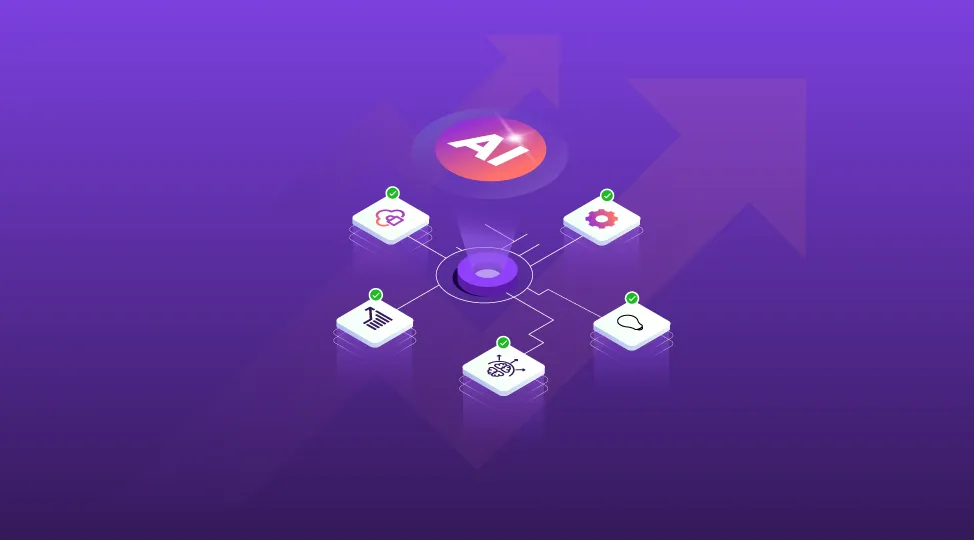
Artificial Intelligence

5 min
Generative AI only works at scale when you follow a clear strategy, not scattered experiments. This blog walks through a structured Generative AI implementation roadmap—from use case ideation and data prep to model selection, deployment, and ongoing monitoring—while highlighting common pitfalls and how AI consultancy / generative AI development services can speed up a successful, ROI-focused AI product launch.


Artificial Intelligence

5 min
Clear guidance to budget Generative AI in 2026: small pilots cost ~$20k–$60k, mid-size apps ~$60k–$250k+, enterprise programs ~$400k–$1M+. Costs hinge on scope, model choice, data work, integrations, and operations. Use a line-item plan and a simple estimator to forecast build and run-rate. Start with an MVP, track tokens, plan MLOps, and phase delivery. Control security, monitor drift, align to KPIs.

Feeling lost!! Book a slot and get answers to all your industry-relevant doubts